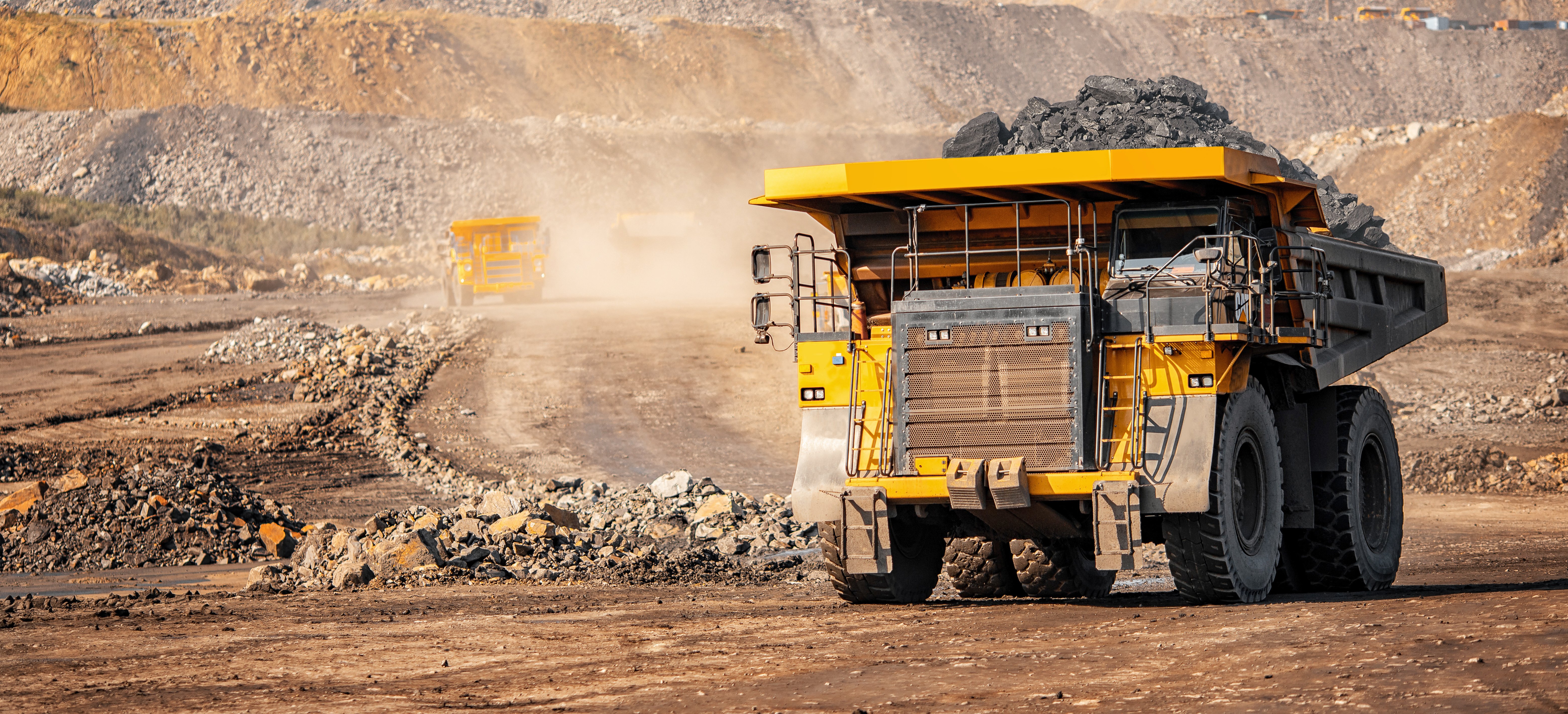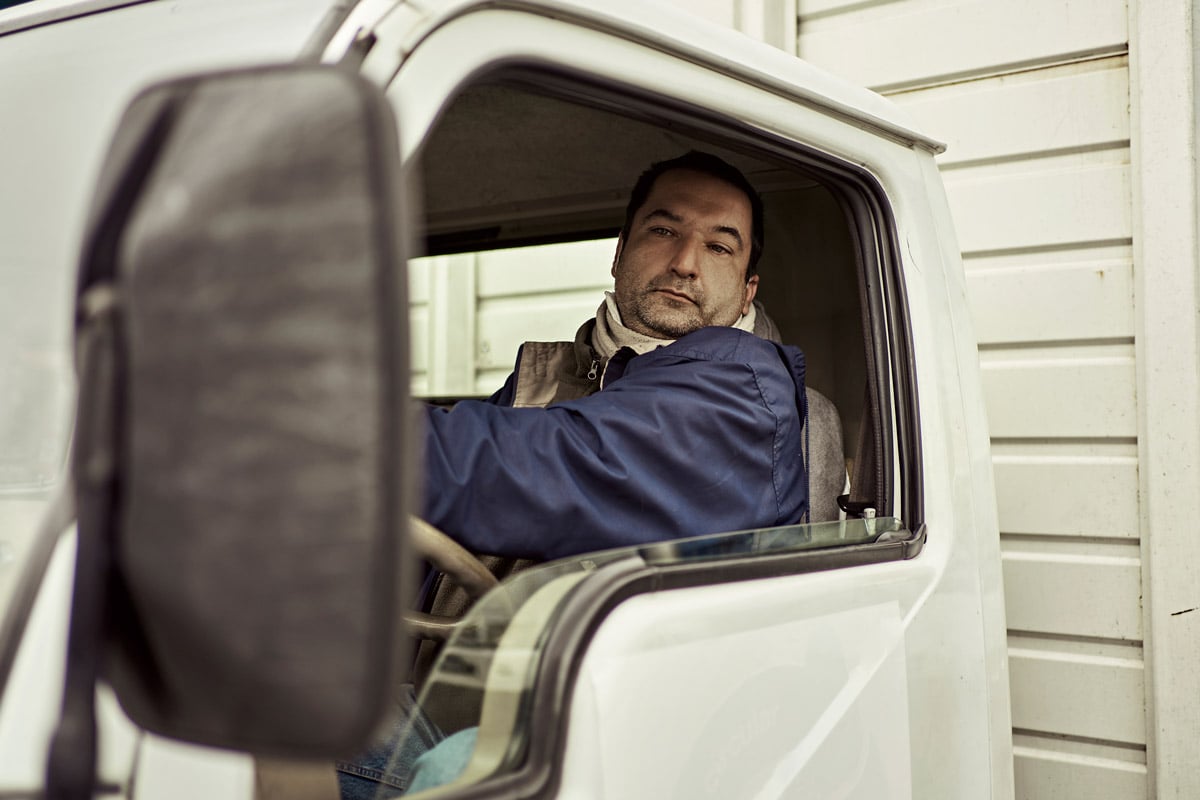Truck Reversing Safer with MAX-SAFE
Truck reversing is one of the most difficult aspects of driving a heavy vehicle due to the blind spots involved and the manoeuvrability requirements....
Reversing Sensors for trucks and other heavy vehicles offer significantly more awareness than reversing cameras or mirrors. They are a sophisticated a solution that combine multiple technologies to alert the driver of people, objects, other vehicles or property near the rear of the vehicle as it reverses.
In 2010 SGESCO-MAX developed the MAX-SAFE Reverse Watch ®, Australia’s first active braking radar solution for trucks.
It detects obstacles to the rear of a vehicle, and the MAX-SAFE Active Braking SystemTM automatically applies the brakes, responding before a driver could, to prevent accidents and injury. The MAX-SAFE Audible WarningTM can also be added to the solution, warning the driver inside the cabin of their proximity to objects using a human voice to alert.
With global technology advancements over the last decade, the MAX-SAFE Reverse Watch solution has evolved to include ultra-sonic sensors for greater detection accuracy.
In this Q&A with Marc McPherson, SGESCO-MAX’s Head of Research & Development, we take a closer look at how the company’s reversing sensors work, the ranges covered and much more.
In 2010, an unfortunate accident here in Queensland claimed the life of a person when a reversing truck backed over them. SGESCO was asked to sit on a community safety committee to discuss solutions to reduce the risk of a repeat incident. Solutions around cameras and radar system were presented, however the technical capabilities of the radar system left short comings in a solution. As technologies improved, radar systems became programable to allow better triggering parameters, and user programable radar settings enabled integration with our active braking system. After bench testing and proofing the solution in 2010 for this Ipswich-based client, we turned it into a commercial product a few years later.
We use commercial-grade, world-leading ultrasonic and radar technology from European tech-giants Bosch, Brigade and Continental as key elements to our Reversing Sensors which are built to the Australian Design Rule (ADR) 35 Standard.
Radar technology is not affected by temperature or light and can function satisfactorily through fog, rain and snow, making them suitable for alpine environments through to the tropics. In very heavy rain or snow falls, you may encounter some distortion in reflected energy, however due to the small distances being monitor this has little effect.
The radar technology we have used to date has a programmable maximum detection distance of 30 meters and can be programmed down to a maximum of 3 meters. The width of the beam increases the further away from the sensor. The sensor is also programmed to only detect items within a 2.5 metre area, which is the approximate width of your average heavy vehicle) Additional sensors can be used to provide side and corner protection. The radar has an approves 12 to 15 degree cone if viewed from side on.
Our current system is active at speeds up to 15 km/h, with an optimum detection and braking speed is less than 8 kph. Our next generation system will function in reverse speeds up to 20 Kph and incorporate collision avoidance technologies, allowing for detecting and tracking objects outside the width of the vehicle and further away from the vehicle.
We specialise in integrating reversing sensors into small to medium size trucks, e.g., Isuzu, Hino, Mitsubishi trucks with mechanical type park brake application, as well as medium to heavy vehicles, like commercial articulated tractors, and industrial and mining type vehicles.
Typically, and ideally, the systems are best placed on the body when being built, however our systems can also be retrofitted. If retrofitting, we endeavour to design our systems to bolt onto and plug into existing locations on the vehicle and bodywork. A full reversing sensor solution typically takes 2 to 4 hours to install depending on vehicle and body type.
Where we place the reversing sensor elements can vary due to body type on the commercial vehicle and what its designed for. In the main, cameras are best placed high on the body, e.g., 2.5 metres or greater and radars are best placed low on the body, e e.g., 700 mm off ground level. Ultrasonic sensors are more critical, and the height depends on the distance you are requiring the detection to cover.
It is important the reversing sensors for trucks are positioned to allow for the best detection results. Unfortunately, the sensors can sometimes be somewhat exposed. In tight environments, if the driver does not adhere to object warning signals or does not use additional visual methods when reversing, then the sensors would likely be damaged. MAX-SAFE products are designed to self-check as much as possible and provide an indicator if a potential fault in the system has occurred.
At present the radar display will visually and audibly warn at 5 metres when something is detected. At each 1 metre of detection an extra warning element light will come. Likewise, the warning sound will also change and intensify as the object gets closer to the vehicle.
The audible warning solution that is part of the MAX-SAFE Reverse Watch is for the driver in the cabin. Too many beepers and buzzers are confusing to both drivers and vulnerable road users (VRU). For exterior warnings, we recommend spoken voice tailored for each application. Our add-on solution this is the MAX-Safe Audible Warning, an audible announcement system that speaks a warning message to the VRU.
The Reverse trailer option is designed to disable the radar sensor and braking from the vehicle when a trailer is connected. The Hook lift option leaves the radar and display operational when reversing and only disables the braking feature to allow the driver greater movability when loading and unloading.
Our biggest customers for the MAX-SAFE Reverse Watch are Waste Management giants, Suez and Cleanaway with over 2000 vehicles across Australia relying on this technology to keep people and property near vehicles safe. Suez also uses the MAX-SAFE Hook Lift solution on their hook lift vehicles.
.png)
Truck reversing is one of the most difficult aspects of driving a heavy vehicle due to the blind spots involved and the manoeuvrability requirements....

At the heart of many mining operations is a moving network of machinery: ultra-class haulage trucks the size of two-storey buildings, and fleets of...

In 2020, Transport for NSW released theirrecommendationsfor safety technologies for heavy vehicles on NSW roads and working on government projects....
